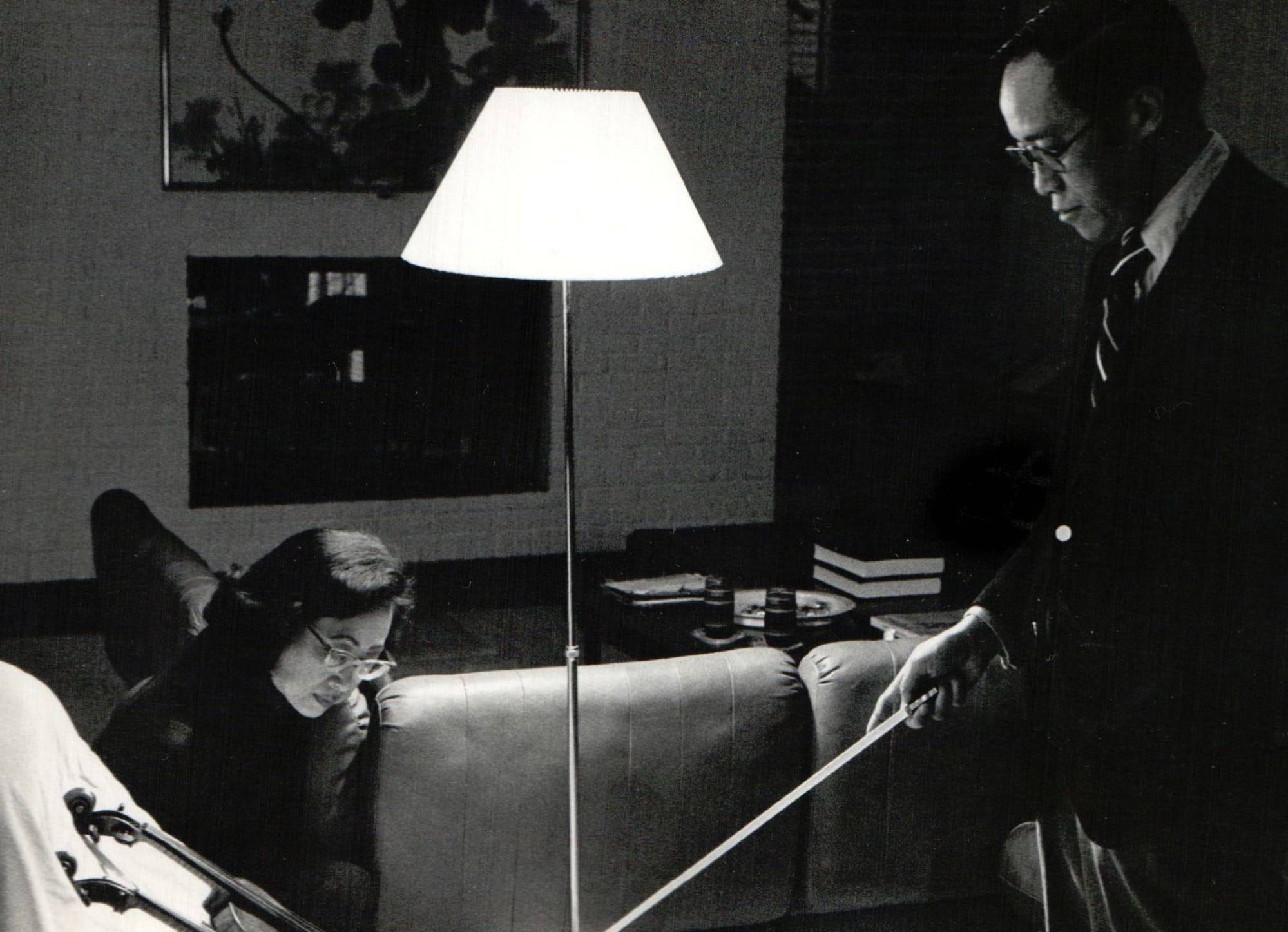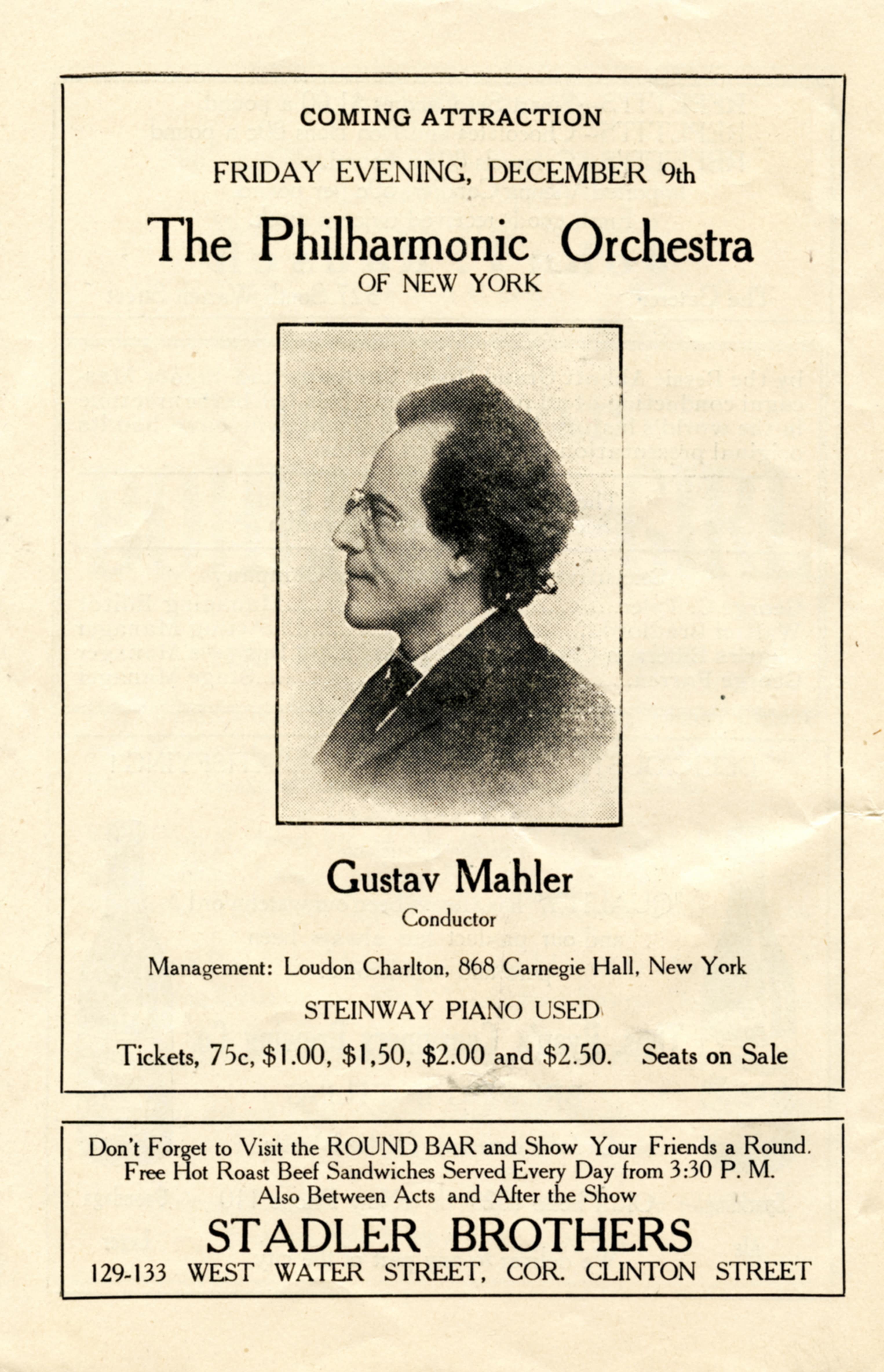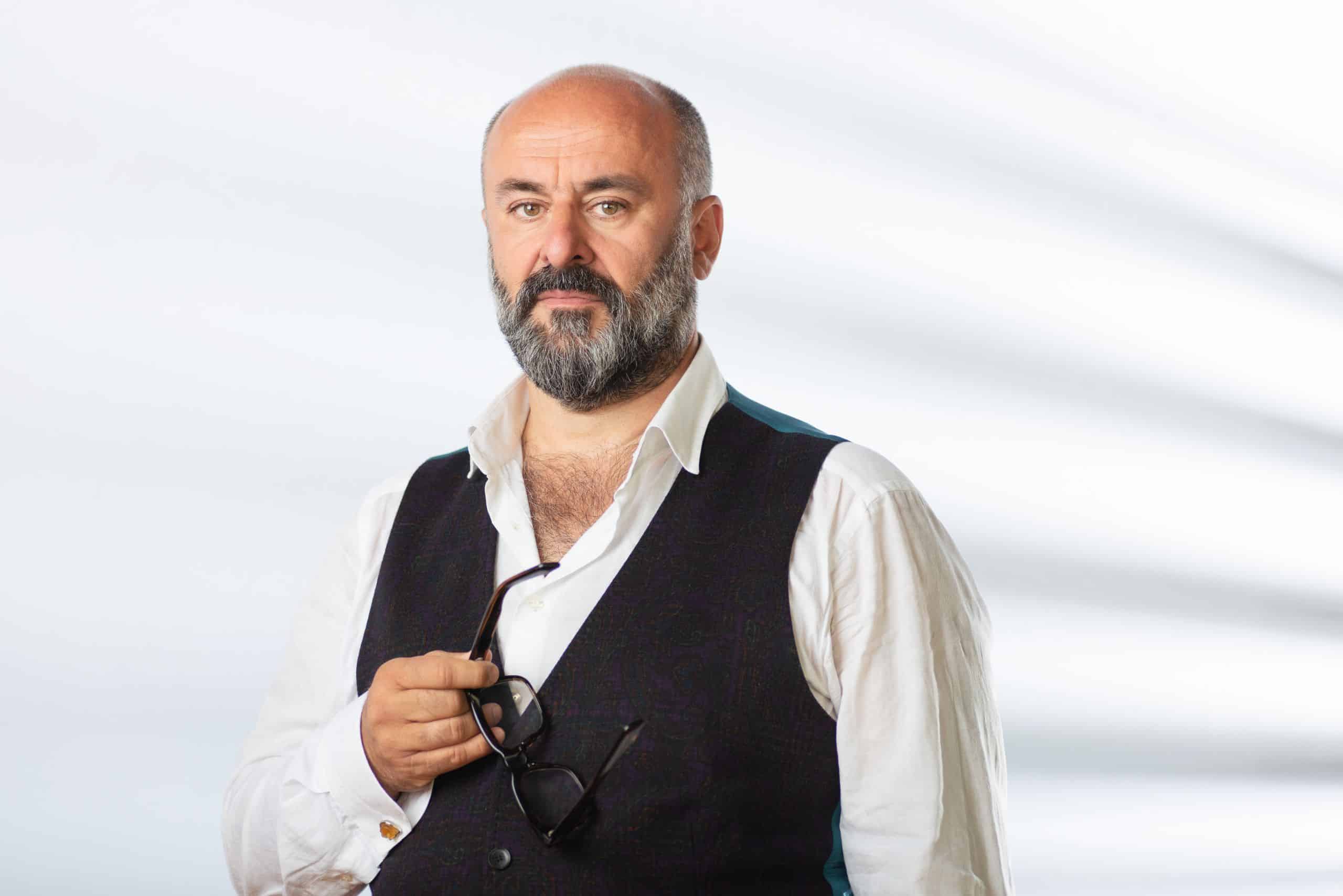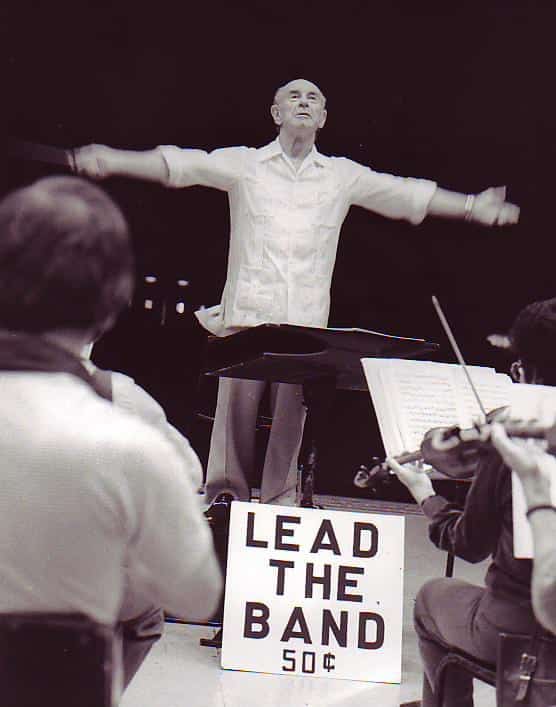Can this Guarnerius break the $10 million barrier
NewsTarisio Auctions are super-hyping a 1731 Giuseppe del Gesù Guarneri violin, known as ‘the Baltic’.
‘Rarer than a Strad’ says the blurb, ‘nothing like it at auction for 30 years.’
The instrument is being sold next month by the estate of Lam Sau-wing, a Hong Kong businessman who bought it in 1979.
Full story here.






I wonder what the businessman did with the violin while he owned it. Did he play it – or, hopefully, did he lend/loan it to musicians who would truly appreciate it?
In the late 1980s I met a Hong Kong businessman named Sin who ‘collected’ rare instruments. Unashamedly he seemed to do so purely for speculative reasons. When the violinist Cho-Liang Lin gave a recital he lent him a violin, but neither a Strad nor a Guarneri.
At the dinner where we met, I asked him if he recently had purchased any more rare instruments. No, he replied, the prices have become ridiculous! I wanted to shout across the table they had become ridiculous because people like him took them off the market and put them in bank vaults!
He showed it to his rich friends, but stopped after a few times after they thought it was too cheap. Not enough wood. They prefer violas with more wood to burn for the nice varnish smell.
It seems this owner did a kind and generous thing with his instruments, loaning them to those who could/should use them. Jian Wang has had an Amati cello on loan from him for almost 40 years: https://www.scmp.com/lifestyle/arts-culture/article/3209882/rarer-stradivarius-1731-violin-set-sell-us10-million-plus-and-late-chinese-american-philanthropist
He played it. Babied it. Loved it. Appreciated it at least as much as any musician could.
This idea that violins are somehow better off in the hands of violinists could only be held by someone who has never seen the wreckage visited upon great Italian instruments by players with no ownership, borrowing something they could never afford. Sweet. Filth. Scratches. Wear and tear. These days I advise collectors to keep their violins in the vault.
My violin has a wonderful warm sound (and cost $2,000).
I’m willing to swap.
I love the back on that instrument – I have always like that look on a violin or viola. It does appear to be in an excellent state of preservation. As with so many Strads and del Gesus, for a time it was Steven Staryk’s violin and is featured in a number of his recorded performances which have seen CD release. In his autobiography “Fiddling With Life,” he describes its “metallic edge” that overcame its slightly veiled qualities: extreme clarity and a slightly nasal quality. He wrote that this combination made for a true concert hall instrument.
Can you hear a 9 million dollar difference between a 1 million and a 10 million dollar violin?
Can you hear the difference between 2 violins, of course, the real question is which do you prefer and the $1m may sound better. Hilary Hahn clearly prefers her Vuillaume and, in her hands, it sounds terrific.
Her Vuillaume isn’t exactly cheap
I believe that her two Vuillaumes put together are under half a million dollars, a fraction of many Italian violins. And if anybody deserves any instrument that she wants, it’s her. The sound she gets on the fourth string alone is priceless!
Except they’re not. Del Gesu copies by Vuillaume command a premium. Even more, she has one of a few copies of the Paganini del Gesu that was made completely by Vuillaume himself. That one alone would likely fetch half a million.
Maybe more, considering it has been played on all the world’s stages for the past 30 years by Hahn.
No but $1m or $10?
Perhaps their day will come (I refer to the “Hahn” Vuillaumes) — after all at one time a Stainer or Amati was more valued than Stradivari or del Gesu. We’re already seeing the increases in what could be called the second or third tier of the great Italian makers. And yes I know a rising tide raises all boats, but the increases have been at least somewhat selective.
Staryk’s autobiography is very interesting not least for his unsentimental and utterly practical working musician’s evaluation of many of the great violins that passed through his hands. We’re talking about something like 40 Strads and over 20 del Gesus, many of which he owned but all were played by him for significant lengths of time, for performances and recordings. One point he makes repeatedly has to do with whether an instrument is easy to play or puts up a fight. This is something that we cannot hear, at least not readily. Another point is that certain instruments were well suited to concertos but not orchestral playing, or chamber music, or violin recitals. There are factors other than what a person in the hall or even a colleague on stage can hear — sometimes having the chin on the chinrest is required to evaluate fully.